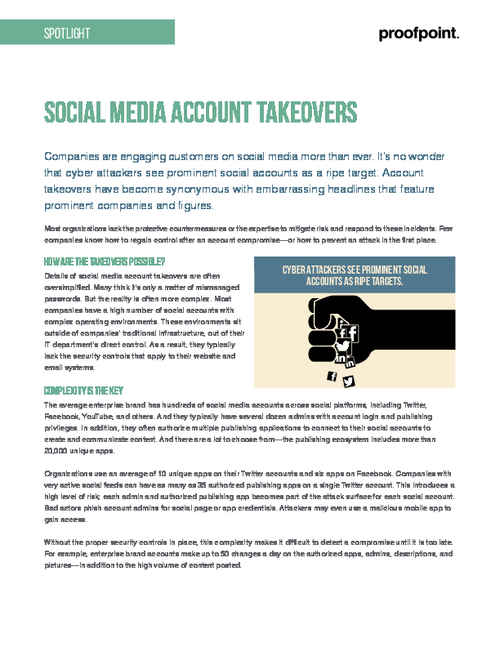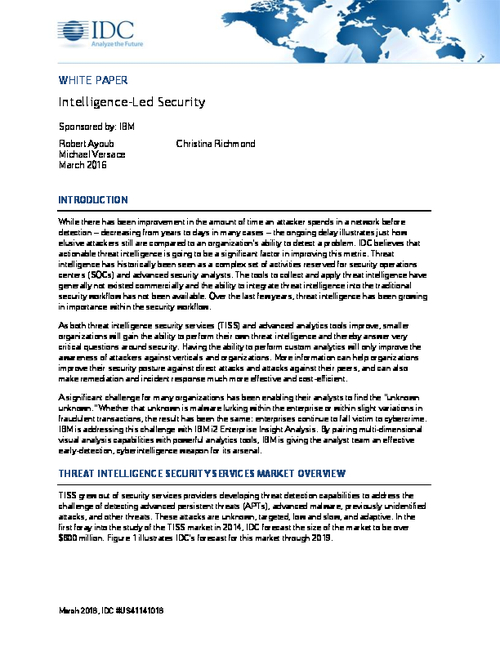Anatomy of a Bank Acquisition: What Happens When the New Bank Moves in?
A Behind-the-Scenes Look at How Nevada State Bank Took Over Silver State Bank
On Friday, Sept. 5, Silver State Bank of Henderson, Nev., was closed by the Nevada Financial Institutions Division - the 11th failed U.S. bank of 2008. Three days later, the bank's surviving branches reopened as part of Nevada State Bank. This is the story behind that transition, providing an inside look at the key players and plays behind it.
The Clock Starts
Nevada State Bank, with assets of more than $4.6 billion, is the state's fourth-largest commercial bank. Established in 1959, it is also the oldest state-chartered bank in Nevada, with a total of 72 branches statewide - before the Silver State acquisition. Nevada State Bank is a subsidiary of Salt Lake City-based Zions Bancorporation, a major bank holding company with $54 billion in assets, 11,700 employees and 500 branches in ten Western and Southwest states.
For Dallas Haun, CEO of Nevada State Bank, the acquisition represented a welcome chance to expand deposits, customers, geographic spread and a gain of market share. Silver State's holding included $650 million in assets, with 13 branches. Nevada State kept five of the offices. "Those five really help us fill those 'holes in our franchise net,'" Haun says. Those were the best in terms of deposit size and performance, which was a positive for Nevada State.
The acquisition process began with Nevada State bidding on Silver State through the advertisement from the FDIC's troubled bank list (EDITOR'S NOTE: For more on how the FDIC handles a bank failure, see Anatomy of a Bank Failure: What Happens when the FDIC Pulls the Plug?). Until an acquiring bank wins a bid over other banks, executives must keep the information about the bid within a small circle of people.
"During the bid process, it's a very small group within the bank that knows we're even bidding on a bank. Only 3 or 4 people know about the bid," Haun says. That number includes the CEO, the CFO, and two or three other people.
Once a bid is accepted, typically on a Tuesday afternoon, the work begins. "We then immediately pull in more people to work on the project. Up to 20 people were involved by the point the bid was accepted on Tuesday," Haun recalls.
The information that a bank will be acquired by another bank is highly confidential. "That is where there is real liability on our part. It's still not out on the market that the bank will close on Friday. If it gets out from our bank that we're acquiring Silver State, that would cause a run on it, and there are legal issues and shareholder issues from Silver State that would come into play," Haun notes. The team of about 20 immediately began preparing the Silver State Bank's branches to reopen as Nevada State branches on the following Monday.
Transition Time
The first thing that was done was a sign company was contacted. "It sounds pretty mundane, but the company made signs to place over Silver State Bank signs with our name and logo," Haun says. It's not very exciting, but it is practical, he observes. "One of the things we didn't want to happen in the newspaper or on TV is what happened with the IndyMac takeover, where people were in line waiting to get their money, and they were filmed and photographed standing outside in front of Indy Mac branches that still bore the IndyMac logo."
On Wednesday, Nevada State held two meetings with the FDIC. The two teams met to discuss high-level things such as security, signage, IT systems, deposits, client lists. "The two groups started to pair up business owners, our IT people with the bank's IT people, our deposit product people with theirs," Haun says. The image of a SWAT Team comes into play. This is where each team is assigned a segment of the operation. This includes facilities, signage, deposits, security and the technology behind what would be needed come Monday morning to reopen the Silver State branches under Nevada State Bank brand.
There were some troublesome areas of the acquisition, Haun recalls. "To make sure that we could operate a company that was not on our computer system was anticipated. Sometimes you luck out and the bank is on the same computer operating system. Silver State was not."
On Friday morning, Nevada State's acquisition team was expanded to 40 people. All they were told was that senior management wanted to see them at the end of the day. "Then a meeting was held at 4 p.m. where they were told that they were part of the team, and we laid out our plans for what was going to happen," Haun says.
Silver State Bank was not a small bank, with $650 million in assets "it had a lot of moving pieces," Haun recalls. The preliminary meetings went smoothly. On Thursday, Nevada State's team met with the FDIC and Silver State Bank's entire transition teams. The three teams met in a ballroom in Henderson, NV. There were about 140 combined between the three teams. The three teams came together with a "play book," which is like a military step book. The teams divided into groups probably with 10 to 12 people of the Silver State team members paired up with Nevada State team members, broken down to groups by branch, with teams including teller, operations, IT, and others.
Nevada State's Haun and Silver State's Donna LeRoux, the receiver in charge, spoke to the gathering. The groups were then divided into individual "Swat Teams." Team members exchanged information as simple as cell phone numbers, email addresses, and then as part of the play book it was broken down as to who would do what tasks. "Whether a sports or military comparison is made, there was a lot of work done in a short time frame," Haun notes.
There were 10 huddles, with 10 different playbooks, the objective being to close one business and reopen it as another in the span of one weekend. "On Friday morning, we realized we needed more people, so we brought in more of Nevada State staff," Haun says. By the time he spoke to the Nevada State team at 1 p.m. on Friday, the team numbered more than 50 Nevada State Bank staff. "What I told them was, you are going to this branch of Silver State bank at 6 p.m. We coordinated what everyone was going to say. We were ready with answers to the Silver State Bank employees' questions, such as 1What about my job? Will my branch remain open?'"
A detailed playbook was prepared for each of the 13 branches, and two Nevada State Bank employees went to each branch. Haun went to the Silver State Bank headquarters.
It Happens
Everyone was gathered up and headed out to the branches. "Our transition teams were told to park nearby, but not in the Silver State Bank branch parking lots." Through cell phones, the teams were coordinated, everyone was in place and ready by 5:45 p.m. "We gave the FDIC 15 minutes to tell the Silver State Bank staff what had happened." Then at 6:15 p.m. the FDIC team would call a cell phone of the Nevada State Bank team outside and then team members were allowed in the bank branches. Once inside, each team gave a prepared 15-minute talk to the employees. "The talk was personal, focusing on the fact that it is a dramatic, emotional time for them, and assured them that they would be treated with respect, asked them for their help over the weekend, to convert the branch to a Nevada State Bank branch," Haun says.
"We told them we're going to need all of you," Haun says. The team members gave them the Nevada State Bank's history and told them 'We've been in business for 50 years, we share a lot of the same philosophies on how to take care of customers. We need your help and want you to work with us.'"
Haun focused on the treatment of the Silver State Bank employees, and emphasized a human touch. "These people came into work on Friday and found out at 6 p.m. that night that their company is out of business. They have families and children and need health coverage."
As part of the assumption agreement, the acquiring bank has 90 days to make its decisions on employees. "We took a month to decide who we would keep and who would be let go," he says. "We analyzed everyone, interviewed them, and to see each one of them. I did this because sometimes a really good employee isn't at the best location."
Haun says he likes being honest. "The bank's computer conversion and the people who are going to be let go will be announced on October 30. There aren't that many who will be let go," he says. He isn't able to give an exact number.
On Friday night, Haun was at Silver State Bank headquarters. Television news crews were on hand "trying to sensationalize the event a little bit," Haun recalls. He did two or three television interviews with the local news media for the 8 and 11 o'clock news. "My message was: We are going to reopen on Monday morning. We've been here 50 years, we know the market," Haun says, "My message was all about trying to calm the community. That was one of the things that the FDIC was worried about."
The Final Push
Silver State closed over the weekend because of the computer systems transition.
On Monday, the bank normally would open at 9 a.m., but Nevada State opened its newly acquired branches at 7:30 a.m. "We planned to open early, to head off any TV crews showing up. Anyone who showed up early was allowed to come in," Haun says.
Over the weekend, the transition team did a lot of work to get the bank ready. Haun's senior executives were interviewing many Silver State employees and getting to know them. Haun made many visits to the different branches.
The busiest teams were operations and IT transition teams. One task on Saturday was to count all the cash in every one of the 13 bank vaults. Transition and collection of information on clients were also key, along with gathering general ledger information for each location and the whole company.
On Monday, each customer who came into Silver State branches was met by bank staff. There were a few issues with concerned customers, Haun offers. "They were concerned; some said they wanted to withdraw their money. Some were retirees who expressed they were scared." Those customers were met and reassured. Any customer who decided after talking with a deposit specialist that they still wanted out received a bank check.
Retention rates were good. Nevada State Bank's brand image in the state is strong, Haun asserts. The bank also set out to call the top 5,000 account holders of Silver State to speak with them. "Within the first three weeks, we got them on the phone to tell them what we were offering." Haun says newspaper ads in local papers were also reassuring to the public. The ads ran two or three times a week in the first month, welcoming Silver State Bank customers to the Nevada State Bank family.
Customer reaction was typically "we're glad it's a local bank, not an out-of-state bank or one of the larger banks," Haun says. One added bonus: 18 percent of Silver State Bank customers were also customers of Nevada State. "So that made it easier for us," Haun says. "One other message we emphasized to the newly-acquired bank customers was that Nevada State is the oldest state bank in Nevada, and that they will find banking with us will be a better experience - our technology and products are better than the former Silver State bank."






















